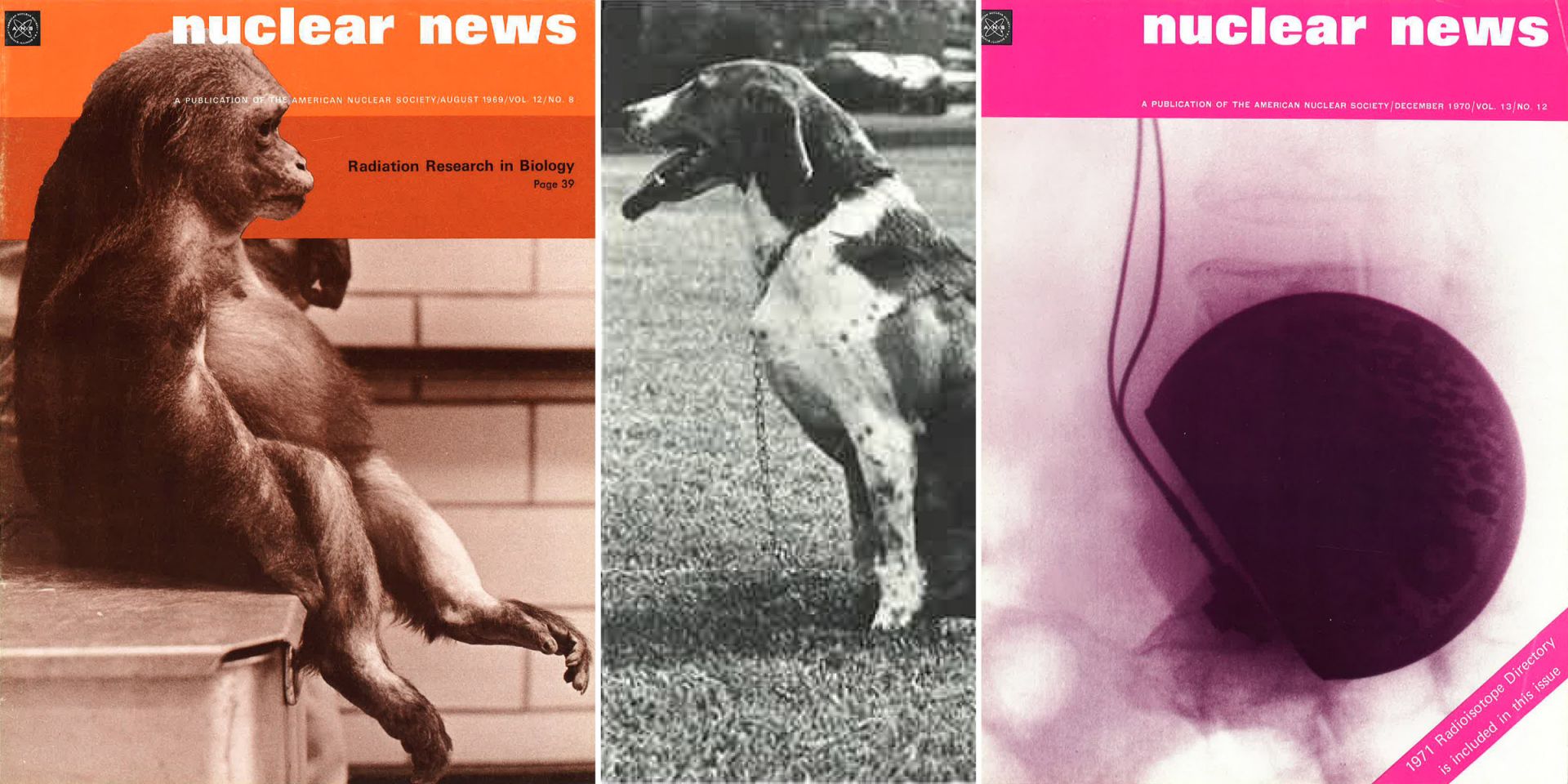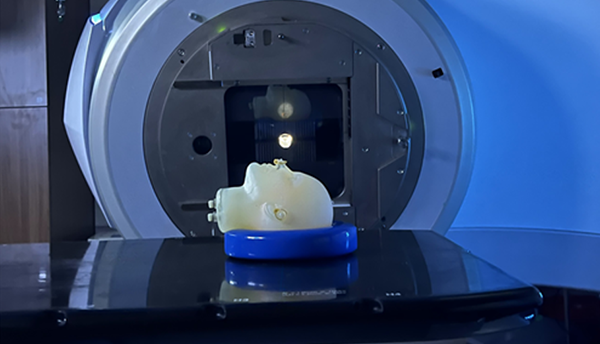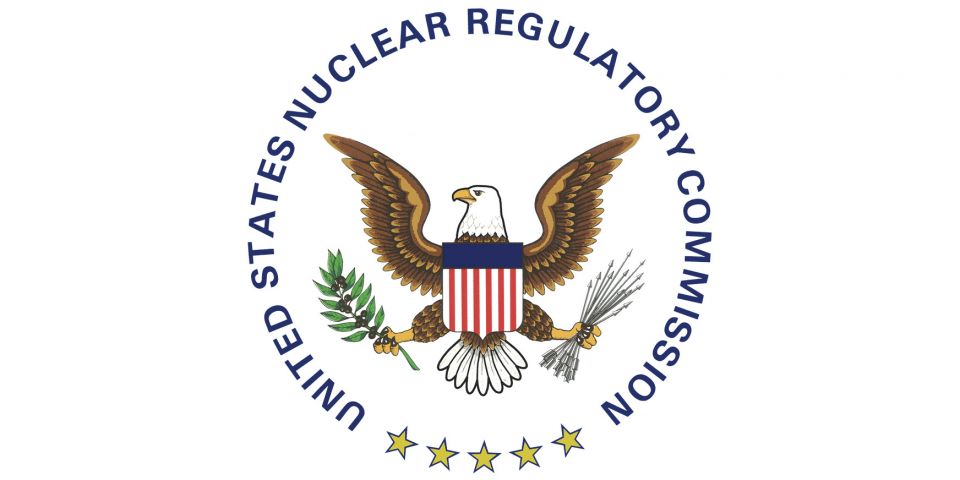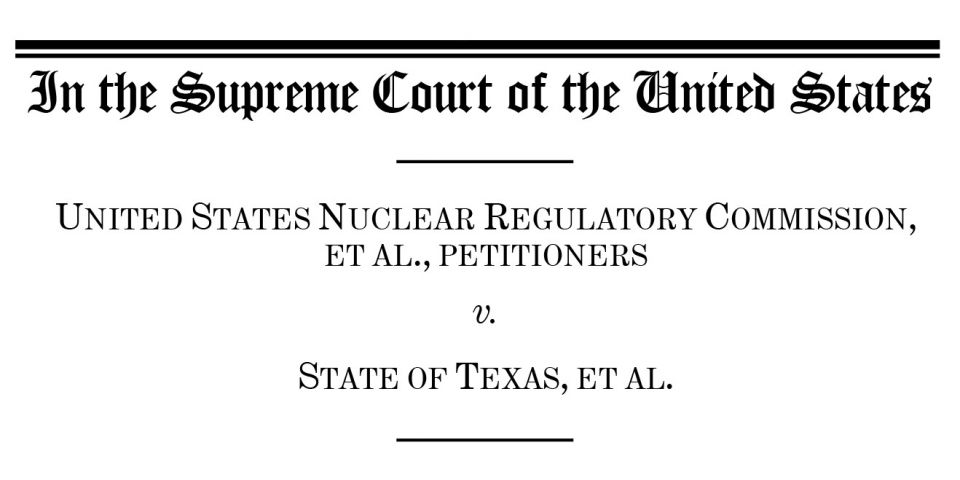The case of the Pu-powered pacemaker

In this first installment of a #ThrowbackThursday post, Nuclear News provides a review of radioisotope-powered pacemakers in response to an article in The Wall Street Journal. The article, published earlier this week, looks at the issue of disposing of nuclear-powered pacemakers, although considering how few are still in use today, it seems like this is really much ado about nothing.

In May 1969, the National Heart Institute implanted Brunhilde with a functioning nuclear pacemaker, the first in the U.S.
Historical review: Digging into the archives of Nuclear News (which are available to all ANS members) turned up some interesting stories about nuclear-powered pacemakers. One of these stories is an introduction to U.S. research on nuclear-powered pacemakers that was published in the August 1969 issue (p. 20). The article discusses how nuclear-powered pacemakers could be a big step forward compared to the then current mercury-cell-powered devices. The technology was being tested in a dog named Brunhilde, which had the nuclear-powered pacemaker implanted in May 1969, following similar experiments that took place a few months earlier in France and Britain. The Atomic Energy Commission at the time thought that “developing an implantable radioisotope power supply for heart devices was ‘very promising,’ especially with Pu-238.”
Then an article from the Nuclear News archives (December 1970, p. 42) titled “The French pacemaker nuclear-powered program” provides a complete review of the French program and the device that was developed, tested, and resulted in the first plutonium-238–powered pacemaker to be implanted in a human. The French study found that the dose rate to the recipient of the pacemaker and to the general public did not show any significant increase and that the reliability of the pacemaker would allow the patient to “live a normal life for at least 10 years without any surgical intervention.” We now know, as discussed in the Wall Street Journal article, that some of the plutonium-powered pacemakers have lasted more than 30 years without requiring any intervention.
Back to the story: The WSJ article discusses how the plutonium-powered pacemakers are outlasting the patients and, in this case, the hospital where the device was implanted. The story starts with the bankruptcy of the Hahnemann University Hospital in Philadelphia, which closed its doors in 2019 and was going through liquidation in 2020. However, “a curious problem” was discovered in reviewing the thousands of documents from the hospital. A patient had received a pacemaker powered by plutonium-238 in 1975, and the device was still implanted, although it was no longer functioning. The doctor originally responsible for returning the device to the manufacturer (after the patient’s death) had left the hospital, and the manufacturer had gone out of business, so none of the parties involved were able to take responsibility for tracking the device.
Regulatory issue: The issue, according to the WSJ article, is that the Nuclear Regulatory Commission doesn’t want unmonitored material in the public domain, even though, according to Duncan White, a senior health physicist with the NRC, “The amount of radiation received from the pacemaker is less than that from a single dental X-ray.” The NRC wants to make sure that hospitals are following up with patients on a regular basis to ensure that the power source doesn’t end up on a spouse’s mantle or in the hands of terrorists. According to the article, the Hahnemann hospital spent more than $15,000 over a six-month period to continue to meet the terms of the pacemaker license.
What’s the risk? Steven Biegalski, chair of the Nuclear and Radiological Engineering and Medical Physics Program at the Georgia Institute of Technology, said, “Pu-238 decays 100 percent of the time by alpha emissions, which are easily stopped by the housing of the pacemaker and are absolutely no threat outside the pacemaker.” The dose rate at the surface of these devices is approximately 5 to 15 mrem—about what one would receive from a chest X-ray. Essentially, there is close to zero risk involved with these devices.
There are other applications for Pu-238, however. Biegalski noted the use of the isotope in space applications—specifically its use as a power supply for the Mars Perseverance rover. “Pulling the pacemaker and recycling the Pu-238 could provide value, as there are many other applications of Pu-238,” he said. “Pu-238 is very expensive, so recovering the Pu-238 would both remove a radioactive source from the environment and provide the material for use in items like power sources for space exploration."
ANS CEO/executive director Craig Piercy said, “Nuclear is serious business that needs to be regulated appropriately, but our current approach of minimizing any risk, no matter how small or hypothetical, places a large hidden cost on U.S. technology innovation in nuclear.”
Piercy added that regulators need some flexibility in order to best allocate resources to determine real risks to the public. “I suspect in this case, had the regulators possessed that flexibility, they would have spent less time forcing a failing hospital to spend $15,000 on tracking a miniscule, 0.15 grams of non-fissile material designed to be safely encapsulated in a human body for decades.”









